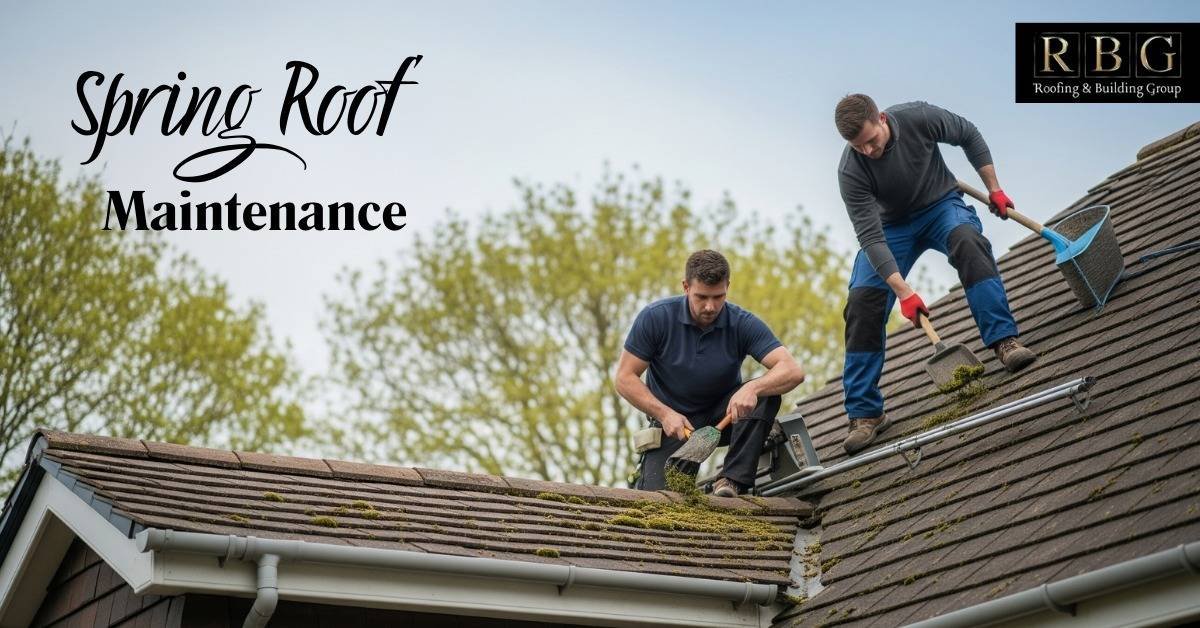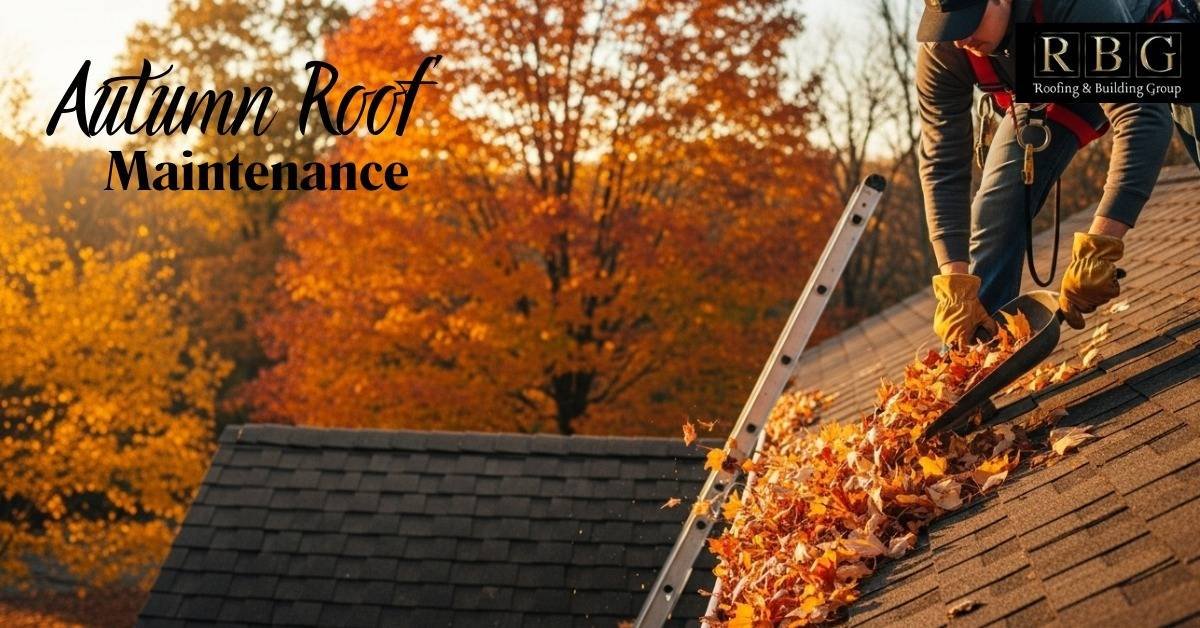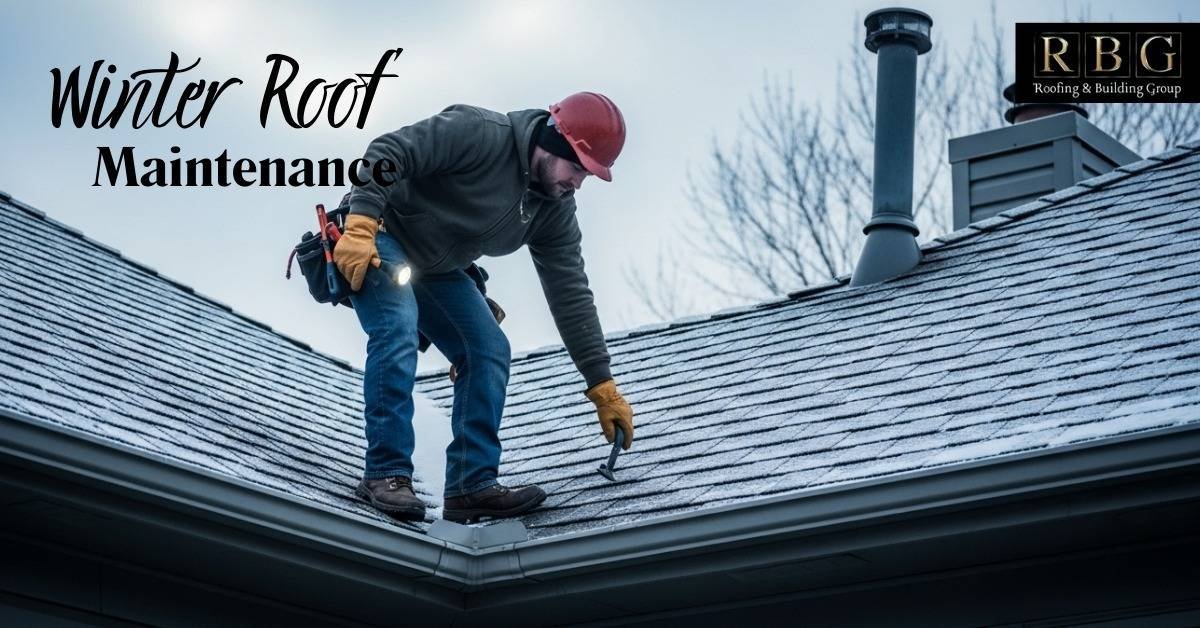Your roof plays a significant role; it keeps out rain, wind, and cold, keeping your home safe and warm. But every season brings different weather that can wear down your roof. Winter frost, autumn storms, spring rains, and summer heat all affect how your roof works.
With the right roof maintenance tips, you can stop damage before it starts. These seasonal roof maintenance tips are easy to follow and help your roof last longer. You’ll also save money by avoiding big repairs.
In this article, we’ll share simple maintenance tips for roof care that are perfect for homes in Herefordshire, South Wales, and nearby areas. Let’s keep your roof strong all year long!
Why Seasonal Roof Maintenance is Important
Roofs face different challenges in every season. Heavy rains, strong winds, falling leaves, and summer heat can slowly wear down your roof over time. By checking and caring for your roof each season, you can:
- Prevent costly repairs before minor problems turn into significant issues
- Extend the lifespan of your shingles, tiles, or roof materials
- Keep your home safe and dry during storms or wet weather
- Save money in the long run by avoiding emergency repairs
Following these seasonal roof maintenance tips makes caring for your roof simple, effective, and stress-free. Regular checks also help you spot minor issues early, so they don’t turn into expensive repairs. By staying on top of these roof maintenance tips, you’ll enjoy a safer, more comfortable home all year long and extend the life of your roof.
Seasonal Roof Maintenance Tips for Homeowners in Herefordshire & South Wales
Taking care of your roof throughout the year is one of the most innovative ways to protect your home. A well-kept roof lasts longer, prevents costly problems, and keeps your family safe from the weather. Every season brings its own challenges, so knowing what to check and when makes the job much easier.
Below are some practical roof maintenance tips that will guide you through spring, summer, autumn, and winter.
Spring
Spring is the best time to check your roof after months of cold, wet weather. With milder days, you can walk around your property and spot any problems before they grow.
- Look for winter damage: Check if any tiles or slats are cracked, loose, or missing. Early action is important for addressing the leaks before they turn into bigger problems.
- Clear gutters and pipes: Winter often leaves gutters full of leaves, dirt, and moss. Blocked gutters stop water from draining and can cause damp patches. Cleaning them now helps water flow away properly.
- Remove moss and algae: Moss grows quickly in damp weather and holds moisture against the roof. Small patches can be cleaned, but heavy growth may need a roofer.
- Check flashing and seals: Look around chimneys, vents, and skylights for gaps. Sealing them in the spring saves you from water leaks during heavy showers.

Summer
Summer typically brings drier weather, making it the easiest season for repairs. It’s the right time to do jobs that need dry weather.
- Check for heat damage: Strong sun can dry out tiles or flat roof surfaces, causing cracks or curling edges. Walk around your home and check for any signs of wear.
- Clean off debris: Dust, branches, and leaves still collect on roofs and in gutters during summer. Keeping them clear helps rainwater drain away during sudden storms.
- Inspect attic ventilation: If your attic feels hot and stuffy, it may indicate that air is not circulating properly. Good airflow prevents damp and keeps your roof materials in better shape.
- Plan repairs while it’s dry: Summer is the easiest time to replace broken tiles, seal cracks, or fix gutters. Dry weather helps jobs last longer.

Autumn
Autumn is one of the busiest seasons for roof checks. As leaves fall and rain becomes heavier, it’s essential to prepare your roof before winter arrives.
- Keep gutters clear: Falling leaves quickly block gutters and downpipes. Clearing them often in autumn stops water from backing up and causing damage.
- Check tiles before frost: Cold weather exacerbates small cracks. Replacing broken or loose tiles now prevents more extensive repairs during winter.
- Watch for moss growth: Damp autumn weather helps moss spread. Clearing it away reduces the risk of water staying trapped on your roof.
- Trim nearby trees: Overhanging branches can fall in strong winds and damage tiles. Cutting them back also prevents more leaves from clogging your gutters.

Winter
Winter weather puts the most stress on your roof. Heavy rain, strong winds, and ice all bring risks. While it’s not the safest time for major work, you can still do some essential checks.
- Look for leaks after storms: Check ceilings and walls inside your home for damp patches. Spotting small leaks early saves bigger problems later.
- Watch for ice in gutters: Ice can block gutters, preventing water from draining correctly. Keeping gutters clear helps reduce this problem.
- Check gutters regularly: Even in winter, leaves and debris can accumulate. Regular checks ensure that water flows away from your home.
- Stay safe in bad weather: Roofs can be slippery when wet from rain, ice, or snow. Use binoculars for inspections from the ground, or ask a local roofer to help if needed.
If your roof is not in good condition, you should book professional roofing services as soon as possible. Doing it yourself will only damage your roof’s condition.

Other Considerations for Roof Maintenance
- Professional inspections: Schedule a roof inspection at least once a year to catch issues early
- Moss and algae control: Apply safe treatments to prevent regrowth and preserve your roof’s integrity.
- Safety first: For steep or complex roofs, always hire trained professionals to ensure safe and proper maintenance.
- Coastal weather: Homes near the coast are exposed to stronger winds and heavier rainfall; regular checks are essential.
- Older properties: Heritage homes often feature unique materials or designs. Consult contractors experienced in historic roofing for specialised care.
By staying proactive, you’ll avoid sudden repairs, reduce long-term costs, and protect your investment.
Conclusion
Your roof is one of the most vital parts of your home, and with a few simple seasonal roof maintenance tips, you can protect it from damage, extend its lifespan, and avoid costly repairs.
If it’s clearing gutters in autumn, inspecting shingles in spring, or preventing leaks during winter, consistent roof care keeps your home safe, dry, and comfortable. For properties in Herefordshire and South Wales, seasonal maintenance is essential for long-lasting protection against the elements.
If you ignore your roof’s maintenance routine, it might even cause you costly roof repairs. If you are busy with work and cannot perform your own roof maintenance, you can always contact professionals for assistance.
FAQ’s
What is the best way to clean a roof?
The best way to clean a roof is to gently remove dirt, moss, or debris without damaging the shingles. Use a soft brush or a low-pressure washer instead of harsh scrapers or high-pressure tools. Many homeowners also use safe cleaning solutions to slow down the growth of moss and algae.
How much should I budget for annual roof maintenance?
On average, it’s a good idea to set aside a few hundred pounds per year for roof maintenance. Small tasks, such as gutter cleaning or inspections, are typically less expensive, while larger jobs, like moss removal or minor repairs, may incur higher costs.
How often should I check my roof for damage?
It’s best to check your roof at least twice a year, once in spring and once in autumn. Extra checks after storms or strong winds are also recommended to spot problems early.
What’s the best season for roof inspections?
Spring and autumn are the most suitable times for roof inspections. Spring helps you catch any damage left behind by winter, while autumn makes sure your roof is ready for heavy rain, wind, and frost.
Can I do roof maintenance myself, or should I hire a professional?
You can handle simple jobs like clearing gutters or brushing off leaves. But for bigger tasks, such as repairing shingles or working on a steep roof, it’s safer to call a professional who has the right tools and training.

